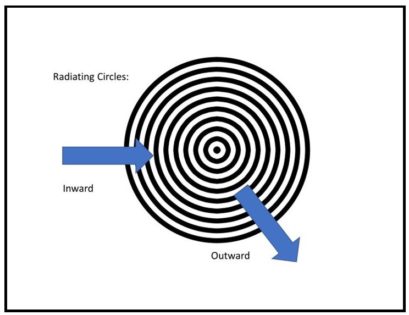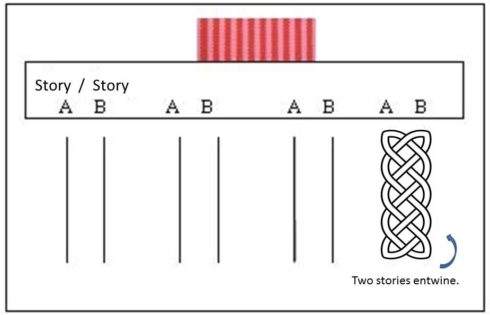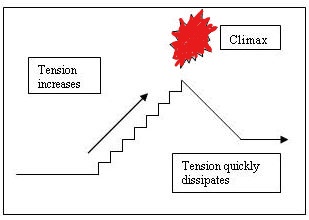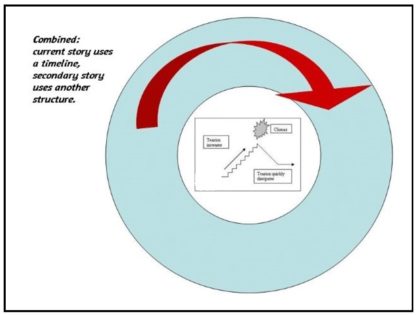Let’s get back to those quirky, fun books that writers of all ages tend to love. And what’s not to love—tight plots, precise characterization, emotional impact—all within a very controlled 32 pages and, nowadays, often with less than 700 words. They’re not easy to write, and to get right. In fact, as the author of three novels, many poems, magazine article, and 13 picture books, I find that a good picture book is the most difficult thing I write. (Maybe not the most time-consuming, as a novel can take years. But the most trying.)
One of the first steps in getting this done is envisioning a plot. It’s much easier to catch gaps, and to discover where in the story events should happen if you can determine the shape of your story in advance. Of course, this may change as you go along, but if you begin with an idea of how events should be structured you’ve got a good start.
I spent 24+ years as a librarian, primarily in youth services. During that time, I analyzed a number of picture books and came up with 10 basic types of plot structures. Part I of Plotting the Picture Book addressed five of them—the simplest ones. So now, let’s look at five more—the more interesting ones. Note: you may occasionally come across a slight variation on one of the types shown below.
Collapsing Structure

Everything piles up until there’s a disaster.
Examples: The House that Jack Built, or The Cake that Mack Ate.
Radiating Circles Structure

The action either moves inward toward the main character/event/climax or out away from the main character/event.
Examples: All on a Sleepy Night (outward), or Tailypo (inward).
Contrapuntal Structure

Two stories told side by side until they intertwine at the end.
Examples: Meanwhile Back at the Ranch, or Just Like Daddy.
Traditional Rising Action Structure

Events create tension building up to the climax, resolving quickly thereafter.
Examples: Saving Sweetness, or Company’s Coming.
Story Within a Story Structure

Two stories are being told. What is happening in the “now,” and what happened in the past.
Examples: The Day Jimmy’s Boa Ate the Wash, or Chloe and the Lion.
This Part 2 of Plotting the Picture Book concludes the ten basic plot structures. But there are certainly other interesting ways one can envision one’s plot. Try it. Once you can see how it might be drawn, it is easier to understand what events have to happen, and in what order. How about a mobius strip? A star? A strand of DNA? Go for it.
Resources
- Frank Asch. Just Like Daddy
- Mac Barnett. Chloe and the Lion
- Shutta Crum. All on a Sleepy Night
- Joanna Galdone. Tailypo
- Diana Mayo. The House that Jack Built
- Trinka Hakes Noble. Meanwhile Back at the Ranch
- Trinka Hakes Nobel. The Day Jimmy’s Boa Ate the Wash
- Rose Robart. The Cake That Mack Ate
- Diane Stanley. Saving Sweetness
- Arthur Yorinks. Company’s Coming
- www.shutta.com/resources

Nuala Moran
You have me thinking! Thank you for the education. I like the concept of how two stories entwine and meet at the end and your other concepts. Shutta, this has me looking forward to more from you. Congratulations on all your achievements!